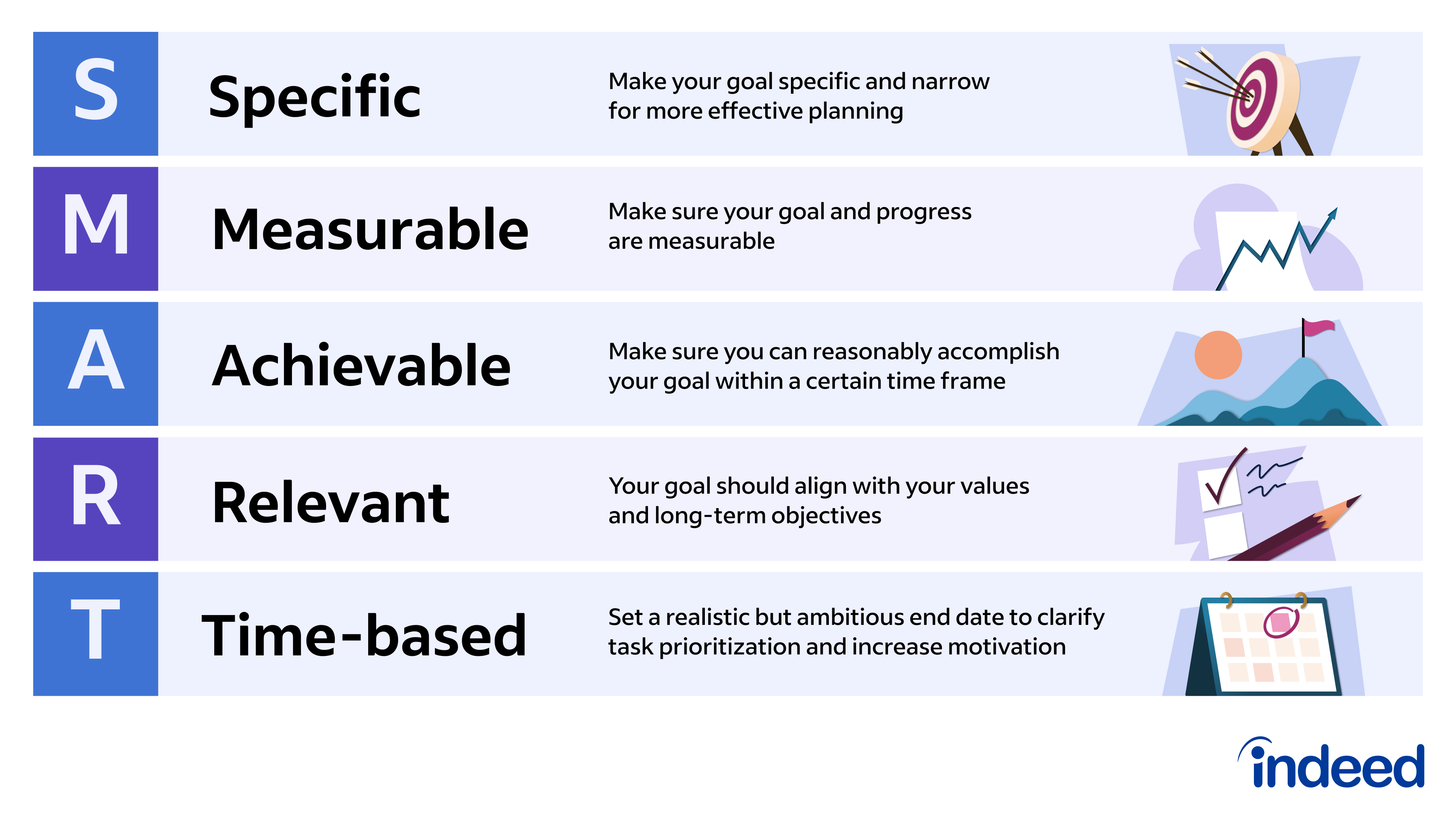Beyond Resolutions: How to plan goals to (finally) achieve them?
Planning and executing long-term goals is hard.
We can see how people fail to stick to their New Year’s resolutions. Many no longer take resolutions seriously as a result of previous letdowns.
Why is it so difficult to achieve long-term goals?
I see 2 main issues:
- Lack of urgency: We tend to reserve too much time on these goals, leading to a lack of urgency. As a result, we often abandon them after a few weeks or, at best, months.
- Lack of clarity: Vague goals make it hard to know what to do and track progress. The lack of clarity causes a loss of motivation. This leads to abandoning goals again.
Fixing these issues isn’t difficult. We need to work in shorter periods and set more concrete goals. In this article, I will share my approach that has helped me achieve 90% of my yearly goals.
Step 1: Power of Short Periods
Yearly goals are often difficult to achieve because there is…too much time to realize them. We can observe this pattern in many companies.
For 9 out of 12 months, there seems to be “enough time to achieve goals.” This results in a relaxed atmosphere and a lack of urgency. Yet, as the year-end approaches and deadlines loom, the intensity suddenly increases. People work at full to meet impending deadlines.

Brains care about urgency
Our brains tend to equate urgency with importance. Think about the last-minute rush to file tax documents. Pay bills. Or take advantage of a limited-time promotion.
That is a problem of long-term goals, they are not urgent. To make your important goals feel urgent, consider setting closer deadlines. However, it is essential to strike a balance between urgency and excessive pressure.
Based on my experience a reasonable choice is to work towards a 12-week deadline. (I recommend the “12 Week Year” book).
This timeframe allows you to see the deadline on the horizon, yet prevents becoming overwhelmed. When setting ambitious goals for 12 weeks, each week becomes crucial. Skipping 4-5 weeks makes it impossible to achieve the goal.
Fresh start (at least) 4x more
Can you recall the feeling of starting a new year? 😌
It’s a fresh start, free from any unfulfilled commitments. I love it! I’m motivated to work and achieve the fresh and significant goals I’ve set.
When you switch to quarterly planning, you can experience this feeling at least 4 times a year. You should begin each period with a clean slate, resetting your commitments.
More chances for experiments and exploration
Not sure if you want to start a new activity? Are you considering blogging, jogging, or something else, but unsure if it’s right for you?
Try an experiment.
Commit to doing it for 3 months. This timeframe should be enough to determine if it’s worth pursuing further. If not, you’ve only invested at most 3 months, which isn’t too much. Setting an endpoint is also an effective way to handle procrastination. It helps you see the bigger picture. It avoids the overwhelming feeling of committing to something “forever”.
Step 2: Be concrete to make progress
Use S.M.A.R.T Goals
Progress is one of the best motivators when it comes to accomplishing tasks (ask people at the gym).
Yet, if our goals are vague, it can be difficult to track our progress. Clarity is crucial for noticing progress. Without it, we lack direction and motivation and finally abandon our goals.
The best solution is to establish specific, measurable goals - S.M.A.R.T Goals.
- Specific: A specific goal is clear and well-defined.
- Measurable: Measuring progress is essential for staying on track.
- Achievable: An achievable goal is realistic and attainable. We encourage ambition. Yet, setting goals that are too lofty can lead to frustration and burnout.
- Relevant: A relevant goal aligns with one’s broader objectives and aspirations.
- Time-bound: Time-bound goals have a specific timeframe for completion

S.M.A.R.T Goals (source)
SMART goals have one tricky aspect: converting qualitative data into quantitative measures.
Take, for example, “Being an expert in JavaScript”.
What does it mean to be an expert? It’s a subjective opinion that depends on the environment, not on you. Labeling yourself as an expert holds no value.
So, how can we convert this goal into something we can measure? Consider indicators like receiving invitations to conferences or podcasts. Another indicator is tracking the number of readers for your posts.
You need to find tangible outcomes that can help gauge your progress effectively.
Focus on Weekly and Daily Actions
Once you have created your SMART goals, it’s time to break them down into actionable steps. This allows you to transform your big, three-month goals into smaller, more manageable tasks. You can take advantage of the compound effect.
The easiest way to find them is to create a sentence starting with a verb + frequency. The more precise you are, the greater the chance you have to keep doing that.
Example:
Resolution → “I want to be in shape!” SMART Goal → “Lose 5 kg in 3 months” Actions:
- Go to the gym 3 times a week in Monday, Wednesday, Friday.
- Eat at a max of 2500 kcal every day. I add calories to the app before eating.
During your daily routine, it is important to focus on the following actions. Once established at the beginning of a period, try to avoid changing them frequently.
Aim to complete these actions at least 80% every week. You don’t have to be perfect to make significant progress.
Only then you can assess if these actions are optimal for achieving your goals. You can then make any necessary changes. If you complete at least 80% of your weekly actions over several weeks but still don’t see significant progress toward your goals, you need to find better ways to achieve them.
How often should you review your actions? I recommend doing so every 3-4 weeks. This timeframe allows for gathering a reasonable amount of data to inform decision-making.
Practice Time! Step 1 & 2
To sum up previous chapters there are 2 steps to establish good goals.
- Transform Qualitative Measure → Quantitative Measures using S.M.A.R.T Goals
- Find out Weekly Actions that lead to accomplish your goals
We go through 2 examples to see the process in practice.
“I want to be in shape”
What’s exactly meant for you? How can we transform it into S.M.A.R.T?
- Is it a weight?
- Time for running 5km?
- Eat more healthy food?
Just set goals and verify it each aspect of SMART for them.
- Lose X kg in 3 months (Is it SMART?)
- Specific? ✅
- I define concrete output (lose kg).
- Measurable? ✅
- Close goal in values I can easily measure (number of kg)
- Achievable? ✅
- It depends on you, based on my experience it would be around 6-8 kg
- Reasonable? ✅
- Yes, it’s important to me!
- Time-bound? ✅
- There is concrete period of time (3 months)
- Specific? ✅
- Run X km under XX:XX in 3 months
It’s time to establish daily actions. What are the most optimal ways to reach the goals?
- “Do running training X times a week in following days: A / B / C”
- “Eat at max X kcal every day. I add calories to an app before eating.”
Now you just map your action into tasks and start doing.
“I want to learn X”
This goal is too vague and lacks specificity.
In 99% of cases, “learning new skills” is a vast topic that can take years to master. To avoid frustration and increase your chances of success, it’s important to narrow down your focus.
Ask yourself the following questions:
- What does this skill mean to you?
- Why do you need to learn this skill?
- Is it for personal interest or do you want to pursue a career change?
Furthermore, consider what it means for you to learn this skill. Can you explain it? Can you apply it? You want to avoid ambiguity to be able to track and see progress and keep motivated.
If you’re completely new, there are 2 effective ways to gather list of topics:
- Find a mentor or someone who is already in the position you aspire to be in. Seek their guidance on the path to take and the essential skills to start with. This can save you a significant amount of time and effort.
- Explore the table of contents of popular courses related to the area you want to learn. Take note of the most frequently covered topics. This list will serve as a solid starting point for your learning journey.
When you gathered requirements, it’s time to transform them into SMART Goals.
- Master topics from list X in 3 months. Mastery means:
- Explain the concept in simple terms.
- Finding three practical uses for it.
- Complete project X using the specified set of skills in 3 months.
Now, let’s establish daily actions. What are the most optimal ways to reach these goals? (Spoiler: for most learning goals, it’s about spending a specific amount of time in full focus)
- Spend X hours Y times a week focused on learning topics from the list.
- Spend X hours Y times a week working on projects.
- Optional: Meet with a mentor once a week to review progress and create a roadmap for the next week.
Step 3: Summaries - The Key to Keep Motivation & Success
Now, let’s discuss the last and most crucial element of this system: summaries.
Without them, all the previous steps would be meaningless. Summaries are vital for tracking progress, gaining motivation, and recommitting to actions. They serve as reminders to pursue your big 3-month goals.
So, how should you approach summaries?
- First, reserve dedicated time in your calendar for this task. Depending on the level of detail, it may take from 15 to 60 minutes.
- Create a checklist and template for your summaries. You’ll be doing this regularly. It’s important to streamline the process as much as possible.
I find it effective to do weekly summaries, which take around 30 minutes. I use @obsdmd as my preferred tool for this purpose. It ensures that I revisit my conclusions at the end of each period. It helps me improve my daily actions. Ultimately, it enhances my productivity in the following weeks.

Template for weekly summary
Clarity is the key to success.
If there’s one thing I want you to remember from this article, it’s that “clarity means success.”
When setting your goals, always be clear about the time frame and scope. It will help you move forward.
Good luck! 🚀